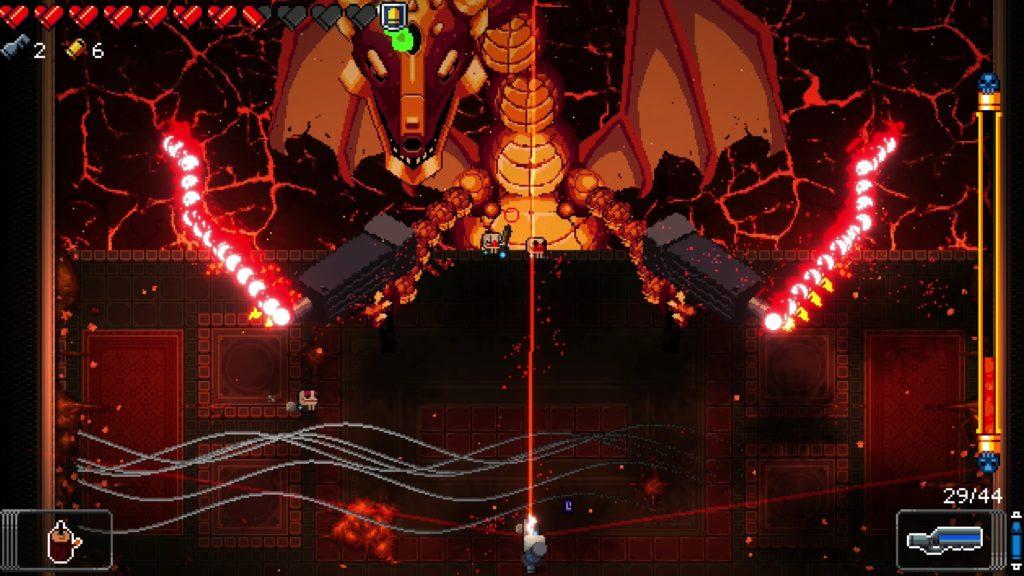What a class this was. What. A. Class.
I spent much of my childhood playing video games. Although this is a story I do not recall very well as it was relayed to me by my parents, my dad was originally totally against video games. The most he was willing to compromise on was the LeapFrog Leaspter since it was marketed as an educational game console. However, whenever I went to birthday parties as a child, I was always left out as all my other friends would play with each other on their Nintendo DS. My mom often says that she felt so bad that she convinced my dad to let me get one, too. Thus, on my sixth birthday, I received my very own Nintendo DS and a copy of Pokémon Pearl. The rest is history.
I spent the next decade of my life doing nothing but playing games. Pokémon, Wii Sports, Call of Duty, Minecraft, Overwatch, Fortnite, and more. If I were to get a breakdown of time spent in my youth, video games would take a major slice of the pie, I imagine.
But as I got older and began to consider my future, I found myself with less time to play games as I had to focus on school or work. While I still considered myself a gamer at heart, I had not actually played a game in so long. My four years of undergrad came and went, all with more hours on LinkedIn than every video game I had played in that time. What a sad life.
I was actually originally a HumBio major in my undergrad, but I decided to do my master’s in computer science, partially because I wanted to take CS 247G in particular. I had heard from some friends about this class, and I was so excited to take it.
Because as much as I played games as a child, I also had a burning desire to create them. Even though my career as a gamer had stagnated, my interest in game development persisted. I loved watching game dev videos on YouTube, amazed that a single person could create their very own video game, bringing their ideas to life in a way that others could experience. It was something I always wanted to do.
But at the same time, I was always afraid. The idea of committing myself to what seemed like a gargantuan task was intimidating, and I was not confident in my programming skills. I saved dozens of game development tutorials, telling myself that I would try making my own game one day when I felt ready.
But what I have come to realize is that there is never a perfect time to start. If I wanted to gain all the skills needed before trying, I would never be able to start. In many ways, taking this class was a leap of faith—if I did not take this opportunity, I may never make my own game.
And so I took the class. And I loved it.
While CS 247G has certainly taught me a lot about game design, from friendship and addiction in games to onboarding and puzzles. What I think I enjoyed learning about the most, however, was narrative architecture and world building. I think that what first got me hooked onto video games was their ability to create new world and tell amazing stories, and the reason why I wanted to make my own game was to be able to tell stories of my own. In fact, this past spring, I taught a Stanford SPLASH class on narratives in video games, largely inspired by my experiences in CS 247G. And just as much as I enjoyed learning about these topics, I enjoyed teaching them to high school students, the next generation of game designers.
In the games that I worked on for this class, the idea of narrative architecture is something that I really wanted to focus on. My group’s original vision for our P2 project was a very narrative-driven game with extensive world building. While the realities of a busy quarter limited our ability to do so, the experiences of working on that game have definitely left me hungry for more.
The greatest challenges I faced definitely had to do with time constraints. I wish this class was a hundred years long so that I could continue working on games forever. There were so many things I wanted to do for our game that we just did not have the time nor capacity to do. Perhaps had I had more experience in game development, I would have the skills to work on these things at a higher level. But alas, this was my first time working with Unity (or any game engine for that matter), and a lot more time that I would have liked was spent on learning how to use Unity.
That being said, I learned how Unity works! The greatest hurdle in my desire to make games prior to this class was just that I did not know how to do anything.Looking back, what a silly way of thinking. Of course I would not know how to make games if I had never tried making a game before! But by simply going for it and trying to make my own games in this class, I learned so much about game design, while also improving my programming, art and sound design, level design, and simply how to use Unity! It was only by throwing myself into the crucible of trying to make a game that I finally starting gaining experience in the very things that had intrigued me for so long.
Looking ahead, I want to do more. While I am not sure if I will continue working on my P2 project moving forward, I know that I do want to continue making games. In fact, I have already carved out a plan to start working on a game this summer. While I am still very much a beginner when it comes to game design and there are many things I still do not have much experience with, I am infinitely more prepared now than I was prior to this class.
And while my plans for the far future are still very much in the air, I am now seriously considering entering the game industry. This is something that would never have happened without CS 247G. And that is exactly why I am so glad to have taken this class. Although it is sad to say that our time in class has come to an end, I know that the lessons I have learned will continue to guide me, and I will continue to grow as a game designer from hereon.
I still have that same burning desire to work on games, but now I have the experience and confidence to take that first step forward.



